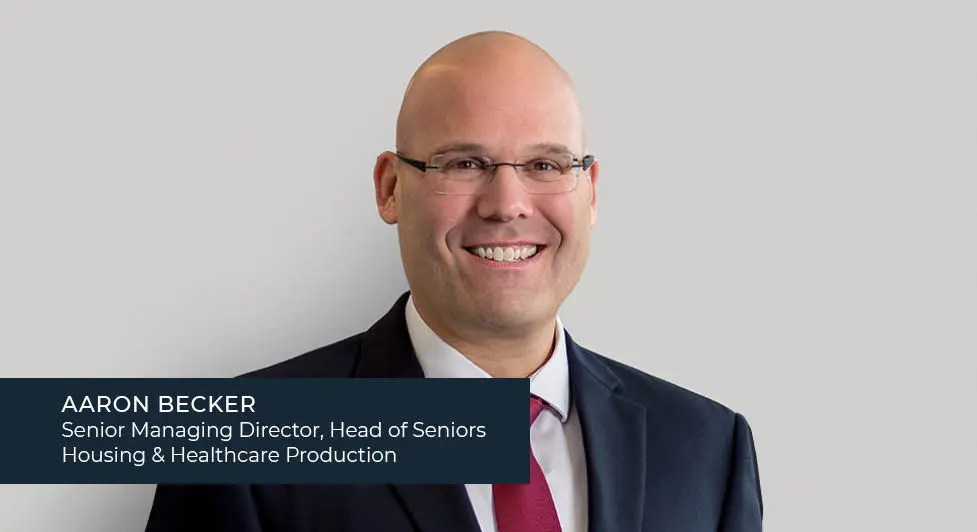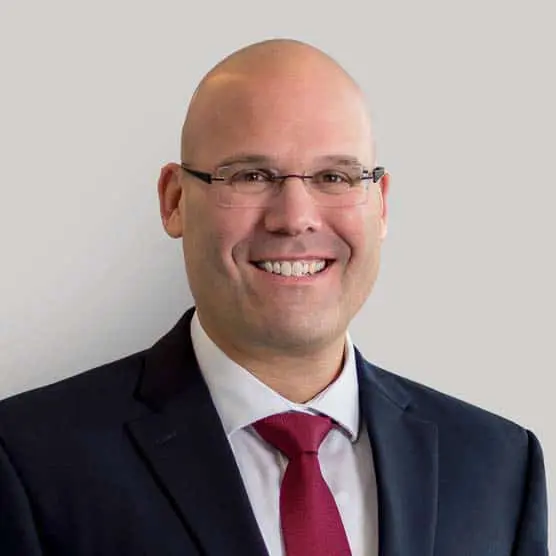Although the pandemic is not over, perhaps the worst of it is. That is certainly the hope, especially for the seniors housing and care industry, which continues its recovery with steady progress, as reflected in recent data. Overall seniors housing and care rent growth and occupancy increased for the fourth consecutive quarter over the winter, representing the longest stretch of respective sequential quarter occupancy gains and rent trend acceleration observed since 2014 and 2019, according to the NIC MAP data service. Occupancy increased eight basis points (bps) to 81.13%, and average asking rent advanced 3.3% year-on-year—the fastest growth in nearly three years and a welcome sign for an industry eager to return to pre-pandemic occupancy levels.
Higher Acuity Segments Led the Recovery
Segments most affected during the public health emergency by infection control limitations on property tours, admissions, and congregate activities led the recovery. Residents absorbed a net of 2,802 vacant assisted living (AL) units over the winter, the most first quarter move-ins recorded in NIC’s 14-year data series. Likewise, skilled nursing facilities (SNFs) posted strong census gains, adding 1,644 residents in the period despite accelerating bed inventory attrition.
By contrast, demand metrics in the independent living (IL) and continuing care retirement community (CCRC) markets exhibited typical seasonal slowing. Majority IL properties recorded positive absorption, but net move-ins fell to 888 units, the fewest for a calendar quarter in a year, and the average occupancy rate trended lower due to supply. CCRCs recorded a net decline in occupied units and reported a 0.2% drop in average occupancy to 85.7%.
Rent momentum was robust in all segments, particularly AL. Average AL rent advanced on a 4.1% annual pace, the fastest increase ever recorded, and 2.3% over sequential quarters, the first ever quarter-on-quarter gain above 2%. Rent growth in the other segments of the continuum also accelerated to multi-year highs.
Regional Trends
Demand trends were constructive from coast to coast, but seniors housing properties located in the Southwest region reported the greatest occupancy improvement. Average stabilized property occupancy in the region increased 40 bps sequentially and 350 bps year-on-year, largely propelled by outsized gains in Houston (90 bps/410 bps).
The Pacific region posted the fastest annual rent growth, averaging 4.3%, fueled by a 5.1% surge in AL rent. The Mountain region was next with 3.7% rent growth, benefiting from above average growth in Las Vegas (9.2%).
Property Markets Cooled but Pricing Remained Favorable
Strong performance notwithstanding, property market activity subsided in the first quarter as investors moved to the sidelines to assess the impact of geopolitical uncertainty and rising interest rates on valuation. Preliminary reports from Real Capital Analytics indicate that sales volume of IL, AL, and CCRC properties totaled over $2 billion in the quarter, a drop of more than 50% from the same period in 2021, while trade in SNFs slipped to $420 million, the lowest quarterly aggregate since 2013.
Although volume was down, pricing metrics remained favorable. The average price of seniors housing units traded in 1Q22 was $229,000—the highest quarterly average in five years—and the 12-month moving average cap rate declined 10 bps sequentially to 5.4%, only 10 bps above the 17-year series low. SNF prices also increased, reaching $89,000 per bed, the highest first quarter average in six years.

